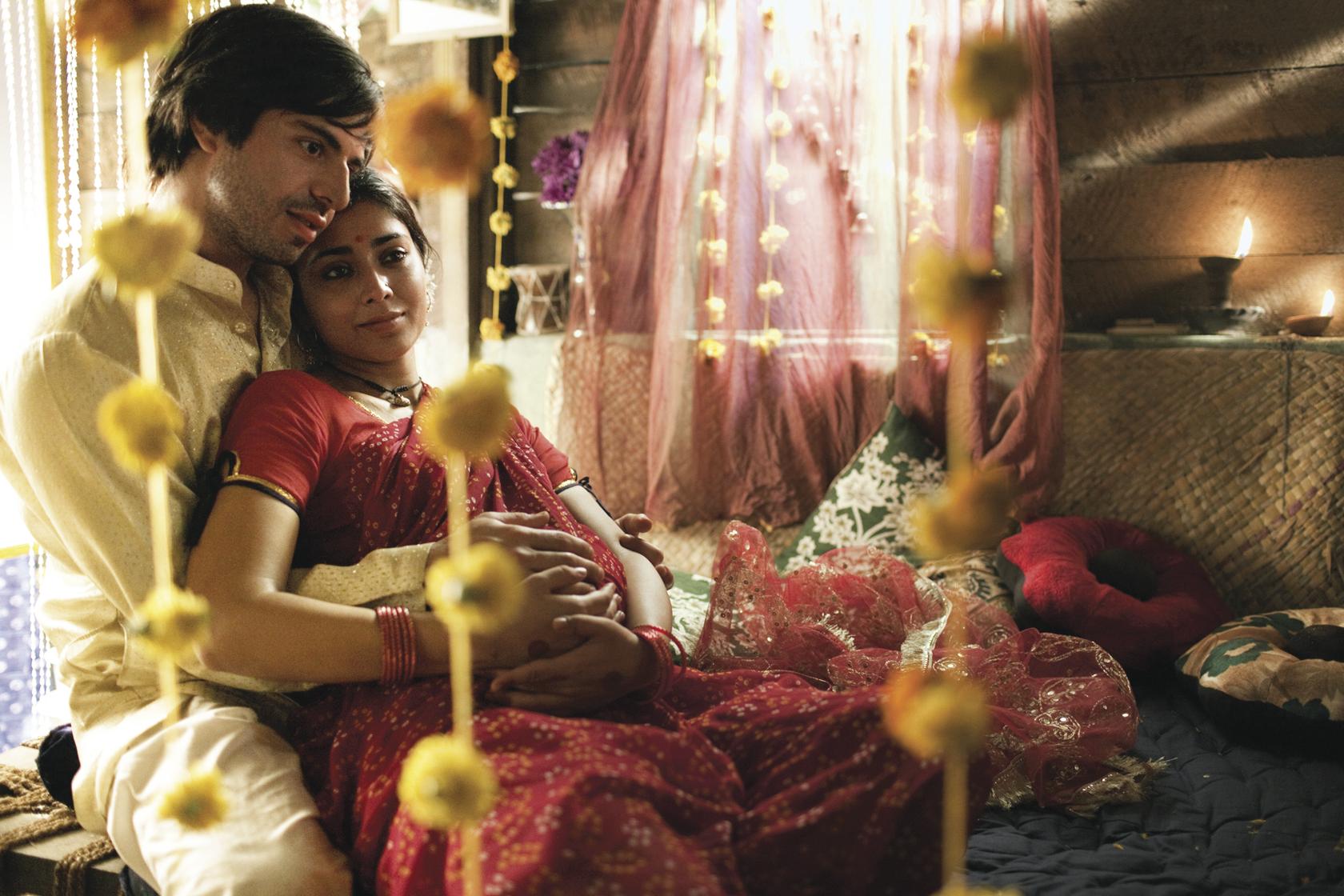The Great Books on the Indian Partition: Are you curious to dig deep into the complicated yet profound history of India’s Partition? Would you like to know what made political leaders of that time commit to such a colossal decision? Or what happened to the regular public whose lives turned upside down as the clock struck midnight on 15th August 1947? How have contemporary authors latched on to this mammoth event and weaved their stories around them? Well, look no further! High on Books presents a must-read listicle of 12 captivating books (one for each month of the year) that shed light on this significant event in Indian history. From compelling personal accounts to well-researched historical analyses, these books offer invaluable insights into the complexities and impact of the partition. Join us on this literary journey as we explore the stories, struggles, and triumphs of those affected by the partition of India. Don’t miss out on these essential reads – check out our curated list below and embark on an unforgettable literary adventure today! Get ready to be captivated, enlightened, and engrossed.
- 1. Midnight's Children by Salman Rushdie (1981)
- 2. Train to Pakistan by Khushwant Singh (1956)
- 3. Pakistan or the Partition of India by B R Ambedkar (1940)
- 4. India Divided by Dr Rajendra Prasad (1946)
- 5. Gandhi and Churchill by Arthur Herman (2008)
- 6. The Great Partition by Yasmin Khan (2007)
- 7. Amritsar to Lahore by Stephen Alter (2000)
- 8. Bitter Fruit: The Very Best of Manto (2009)
- 9. The Other Side of Silence by Urvashi Butalia (1998)
- 10. The Shadow of the Great Game by Narendra Singh Sarila (2006)
- 11. The Long Partition and the Making of Modern South Asia: Refugees, Boundaries, Histories by Vazira Fazila-Yacoobali Zamindar (2007)
- 12. Train to India: Story of Another Bengal by Malay Krishna Dhar (2007)
1. Midnight’s Children by Salman Rushdie (1981)

Fiction/Magical Realism, 674 pages
No reading list on the Indian partition would be complete without this critically acclaimed novel (Booker Prize winner in 1981). It presents a rich tapestry of characters and events against the backdrop of India’s partition. The protagonist, Saleem Sinai, born at the stroke of independence, serves as a metaphor for the newly independent India. He is also endowed with telepathic powers that he shares with 1000 other children born at the first hour of independence, all of whom are gifted magically. The book explores the tumultuous events of the partition and its aftermath through Saleem’s perspective, intertwining historical events with family drama and personal struggles. It delves into the complex interplay of history, politics, and identity, portraying the challenges faced by individuals and the post-partition nation. It highlights the themes of nation-building, identity, and the search for meaning in a rapidly changing world. More than thirty years after being first published, Midnight’s Children continues to stand tall as both a seminal work of fiction and one of Rushdie’s greatest literary creations.
Victor City by Salman Rushdie is part of our 20 Best Books To Read in 2023
2. Train to Pakistan by Khushwant Singh (1956)

Fiction/History, 181 pages
Another classic set in a small village named Mano Majra on the border of India and Pakistan during the partition, this novel provides a vivid and poignant portrayal of the human tragedy that unfolded during that time. It depicts the violence, the horrors of communal hatred, and the impact on ordinary people caught in the crossfire. The book explores themes of communalism, humanity, and the consequences of partition, leaving readers with a deep sense of the human cost of religious and political divisions. When reading about historical events, we can sometimes forget that real people lived through them, but this book serves as a timeless reminder. Told from the point of view of everyday characters, like an infamous robber with a moral code, a magistrate responsible for upholding peace and order, and a political activist hoping to trigger a revolution, this is a story of greed, anger, helplessness, hatred, discrimination, betrayal, and all above love.
PS: If you are planning to read this book, we recommend you opt for the edition with photographs from Margaret Bourke-White (a pioneer in photojournalism).
3. Pakistan or the Partition of India by B R Ambedkar (1940)
Nonfiction/History/Politics, 581 pages
In this seminal work, Dr B R Ambedkar, a prominent social reformer and one of the architects of the Indian constitution, provides a comprehensive analysis of the partition of India from the perspective of marginalised communities. The book highlights Dr Ambedkar’s incisive insights into the dynamics of caste, religion, and identity and their role in shaping the destiny of India and Pakistan. It serves as a thought-provoking commentary on the challenges of nation-building, social justice, and democracy in the aftermath of partition. Rather than being judgmental, Dr Ambedkar explores the options presented to the two political parties – The Congress led by Gandhi and the Muslim League led by Jinnah – and presents his case for and against Pakistan. The amount of clarity and objectivity with which he explores the motivations and ideologies of the two parties, the case for a united India from the Hindus, that for a separate nation from the Muslims, the alternatives to having and not having Pakistan, the geographical aspects of dividing a country, the cultural elements which bind them together, the long history of religious conflicts and so on is astonishing. No wonder he was chosen later to draft the Indian constitution. A must-read.
4. India Divided by Dr Rajendra Prasad (1946)
Nonfiction/History/Politics, 584 pages
Written by Dr Rajendra Prasad, who later became the first President of India, this book critically analyses the reasons behind the partition of India from the perspective of a political leader. Rajendra examines the historical, social, and political factors that led to the division of India and the creation of Pakistan. He delves into the role of religion, communal tensions, and political manoeuvres in shaping the course of events during the partition. The book offers valuable insights into the debates, discussions, and decisions that preceded the partition, shedding light on the challenges faced by leaders and the complexities of nation-building in a diverse and divided society. Prasad’s work provides a scholarly examination of the partition and its aftermath, offering readers a deeper understanding of the historical context and implications of this pivotal event in South Asian history. Even enough, this is as dispassionate, logical, convincing, and exhaustive in its arguments as Dr Ambedkar’s account in his book – Rajendra Prasad opines against the two-nation theory, whereas Ambedkar recommended it.
5. Gandhi and Churchill by Arthur Herman (2008)
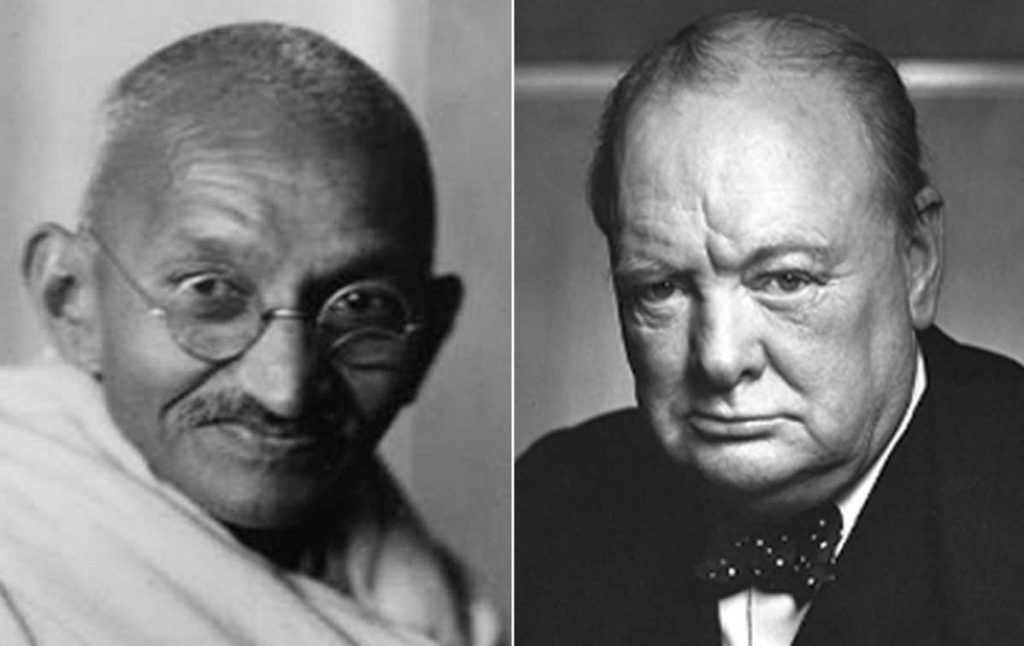
Nonfiction/History/Politics, 780 pages
This here is a meticulously researched and captivating account of the roles played by Mahatma Gandhi and Winston Churchill during India’s struggle for independence and the subsequent partition in 1947. The book provides a detailed analysis of their differing ideologies, leadership styles, and their impact on the course of history. Herman analyses the complex relationship between Gandhi and Churchill, who held divergent views on colonial rule and the future of India. He explores their conflicting approaches toward achieving independence, with Gandhi advocating for non-violent civil disobedience and Churchill advocating for a more assertive and forceful British rule. He also peeks into their contrasting personalities, backgrounds, and political strategies, shedding light on how they shaped the events leading up to India’s partition. The book presents a riveting account of the epic rivalry between two iconic leaders and its consequences on the course of history, making it a must-read for those interested in the history of India’s partition and the legacy of Gandhi and Churchill.
6. The Great Partition by Yasmin Khan (2007)
Nonfiction/History/Politics, 251 pages
One of the most bloodied events in the 21st century, partition brought communal tensions, riots and rapes, and mass killings. A promise of political and religious freedom went up in flames, replaced by a geographical divide and resulting decolonization and deaths. Historian Yasmin Khan offers a comprehensive analysis of the context, constraints, execution, and consequences – borrowing from ordinary lives stuck in political power plays. It underlines the lack of proper planning – haste and unpreparedness for such a monumental event – a certain obliviousness to how the partition would translate from political papers to the population in practice, how people on both sides would continue to pay for it almost 60 years after the actual event, with pain and scars still fresh. The book sheds light on the legacy of the partition, its lasting impact on the region, and the challenges of nation-building in the aftermath. For her outstanding contribution to the Indian subcontinent and history in general, Yasmin was awarded the Gladstone Prize in 2007.
7. Amritsar to Lahore by Stephen Alter (2000)
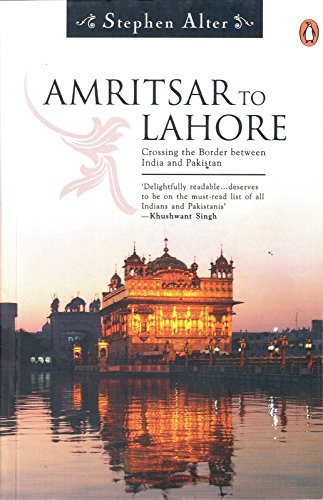
Nonfiction/Travel/History, 224 pages
In this deeply personal memoir, covering a poignant journey across the disputed border between the two countries in 1997 (and again in 1998), the author retraces his grandparents’ journey in 1947. He engages in candid interviews with people from diverse backgrounds. He reflects on the impact of the partition on individual and collective memories, the scars it left behind, and the ongoing efforts to reconcile the past. Through these, Alter explores national and individual identities, the influence of history on territorial imperatives, and the mythology of borders. Drawing on his unique perspective as a third-generation American in India, Alter provides insights into South Asia’s shared culture and heritage, borrowing from the works of novelists, poets, and filmmakers grappling with identity issues across the borderlands. The book also touches upon the ongoing conflicts in Kashmir and the nuclear testing by both countries, underscoring the urgency of resolving border disputes to achieve lasting peace in the region. “Amritsar to Lahore” offers a unique perspective on the intergenerational trauma of the partition and the quest for healing and reconciliation.
8. Bitter Fruit: The Very Best of Manto (2009)
Fiction/Short Stories/Collection, 700 pages
Saadat Hasan Manto, one of the most celebrated and controversial writers of the Indian subcontinent, captures the anguish, chaos, and human suffering of the partition in his powerful collection of short stories. Manto himself moved from Bombay to Lahore after the partition and struggled with identity – whether he belongs to Pakistan now or continues to be Hindustani. Through his poignant and evocative narratives, Manto portrays the grim realities of violence, brutality, and loss ordinary people face. His stories delve into the dark and complex facets of human nature, exposing the horrors and absurdities of communal tensions and the aftermath of partition. The writings perfectly capture the partition’s social, cultural, and emotional impact perfectly, showcasing Manto’s unmatched storytelling prowess and his unflinching critique of society. Bitter Fruit is the best collection of Manto’s writings, from his short stories, including A Wet Afternoon, The Return, A Believer’s Version, Toba Tek Singh, Colder Than Ice, Bribing the Almighty etc., plays and sketches, to portraits of cinema artists, a few pieces on himself, and his letters to Uncle Sam.
9. The Other Side of Silence by Urvashi Butalia (1998)
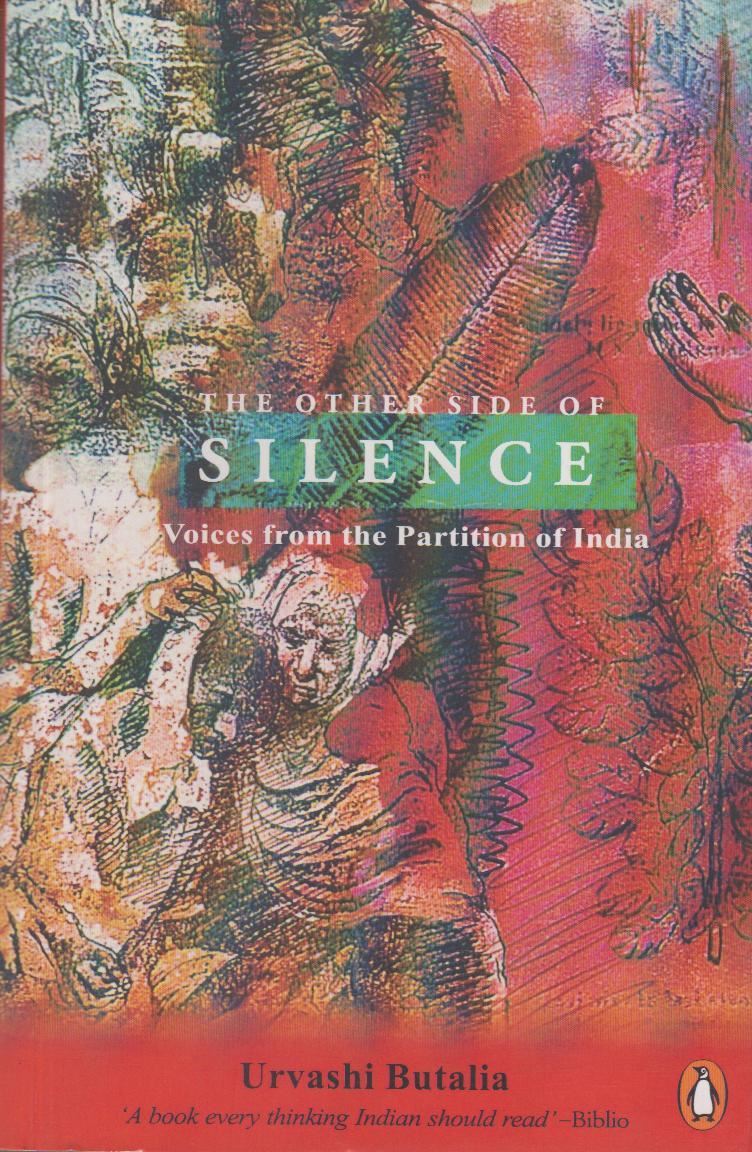
Nonfiction/Feminism/History, 328 pages
This book provides a unique perspective on the partition by exploring the experiences of women during this tumultuous time. Urvashi Butalia, a renowned feminist writer and historian, presents oral testimonies of women who survived the violence, displacement, and trauma of the partition. The book delves into the gendered dimensions of the partition, shedding light on the roles, agency, and struggles of women in the midst of this historical event and challenging traditional narratives of the partition as a solely political or communal issue. Through interviews, diaries, letters, and memoirs, Butalia brings to light the resilience of those who survived and their ongoing struggles to come to terms with the aftermath of the partition. Through its compelling oral testimonies, “The Other Side of Silence” challenges traditional narratives and sheds light on the often overlooked gendered dimensions of the partition. Urvashi won the Oral History Association Book Award in 2001 for this book.
10. The Shadow of the Great Game by Narendra Singh Sarila (2006)
Nonfiction/History/Politics, 320 pages
Sarila was the ADC to Lord Mountbaten during 1947-48. His insider knowledge and access to declassified documents provide a unique perspective on the role of international powers in shaping the events leading up to the partition. The book highlights the complex relationship between the Muslim League, the Congress Party, and the British during the time of decolonization. It revealed how the Congress Party’s insistence on its own vanguard role in the fight for independence pushed Jinnah closer to the British, resulting in the eventual partition of India. The author’s account of the August 1946 riots reveals the manipulation and double-dealing of the British in their efforts to maintain control over North-West India, even at the cost of stymieing the Congress’ attempts to keep India united. The book also peeks into the role of the United States in India’s freedom struggle and its efforts to weaken Britain’s postwar influence and maintain its leadership in the global arena. Slightly challenging to read due to meticulous research and hard facts, it is an excellent book that sheds light on the complex web of international politics, espionage, and power play that influenced the course of events during partition.
11. The Long Partition and the Making of Modern South Asia: Refugees, Boundaries, Histories by Vazira Fazila-Yacoobali Zamindar (2007)
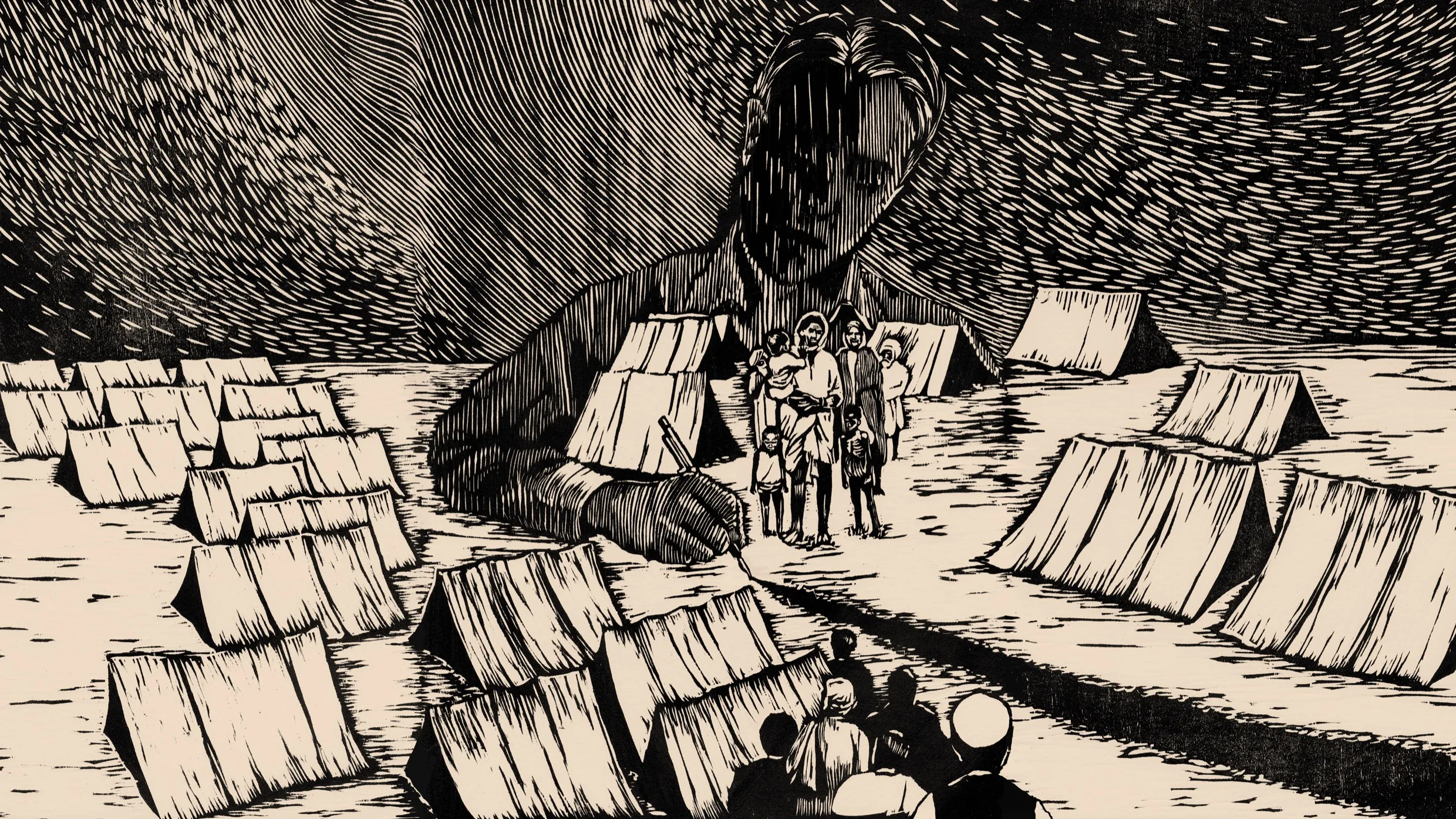
Nonfiction/History/Anthropology, 304 pages
This book offers a scholarly perspective on the partition, focusing on this event’s long-term historical and social consequences, especially on refugees. It challenges the traditional understanding of partition as a one-time event in 1947. It argues that the process of partition continued for several years after, as both India and Pakistan struggled to control the flow of people, police their borders, and articulate their definitions of citizenship. Zamindar draws extensively on archival research in previously unexamined government records of India and Pakistan and Urdu newspapers and oral histories of north Indian Muslim families divided between the two cities of Delhi and Karachi. She examines the bureaucratic interventions of both India and Pakistan in managing and controlling refugees and administering refugee property. She also explores the ways in which permits and passports were used by both countries to surveil Muslims and how the treatment of Muslims shaped the identities of India and Pakistan. While the book provides a comprehensive analysis of the impact of partition on ordinary people and the formation of nation-states in South Asia, some readers may find that it could have delved more deeply into the experiences of religious minorities in Pakistan.
12. Train to India: Story of Another Bengal by Malay Krishna Dhar (2007)
Nonfiction/History, 307 pages
This is one of the powerful books that portray the tragic impact of the Indian partition on the lives of people in Bengal, a region deeply affected by the division. It follows the journey of a young boy as he embarks on a train journey from East Bengal (now Bangladesh) to India during the partition. The book vividly portrays the violence, trauma, and loss experienced by the characters and the resilience and hope that sustain them in the face of adversity. It delves into the themes of identity, displacement, and the longing for home while also shedding light on Bengal’s rich cultural heritage and history. The partition of India resulted in the creation of international boundaries in the subcontinent’s eastern and western regions. While the partition of Punjab has been widely studied and preserved in the historical narrative, particularly by the Sikhs, the partition of Bengal has received comparatively less attention and is often overlooked. Despite being a significant event, the Bengal partition is discussed minimally and projected to a smaller extent. In this context, this book serves as a valuable addition to the limited repository of works on this topic, shedding light on the lesser-known history of the partition of Bengal.

